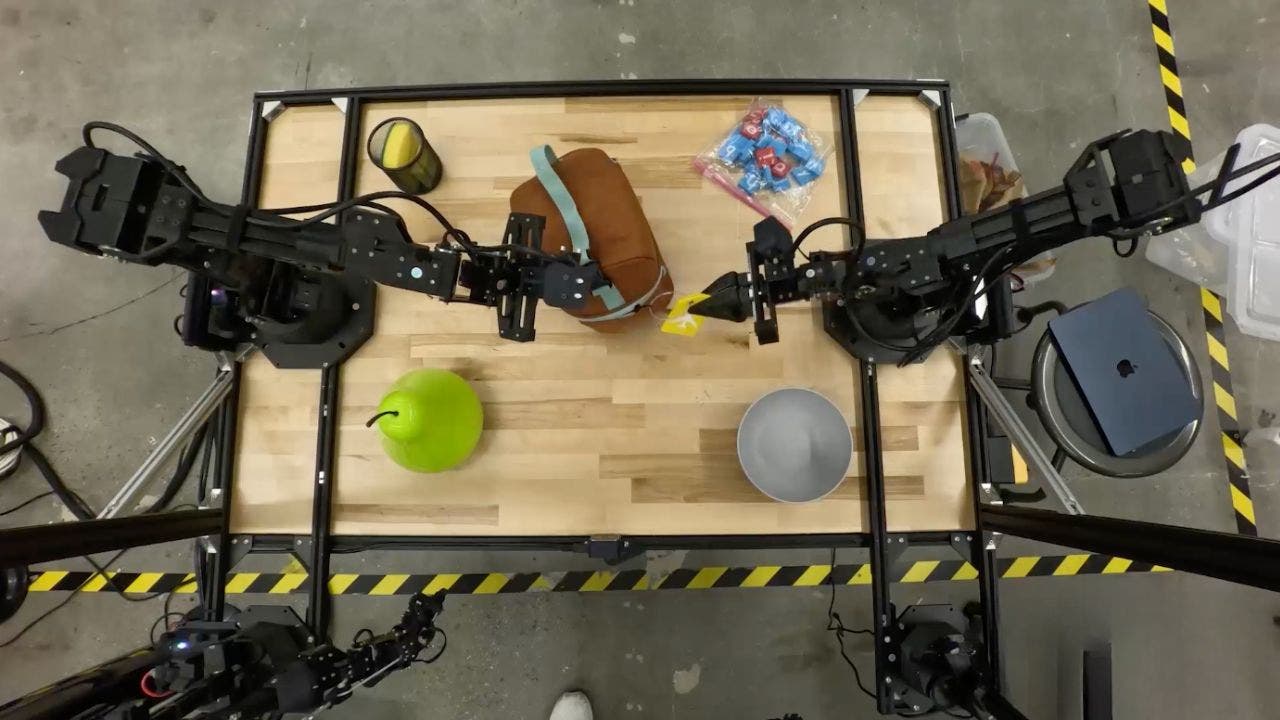Scientists gobsmacked by never-seen footage of earth rupturing during Myanmar quake

When you watch the video below, don’t get distracted by the cracking concrete or the metal gate rocking back and forth. Keep your eyes focused on the right side of the screen, where you will see an astonishing sight — one that earthquake scientists say has never been caught on camera before.
The video, captured by a surveillance camera on March 28, shows the moment a violent earthquake struck Myanmar, causing widespread damage as far away as Bangkok in neighbouring Thailand and claiming the lives of approximately 3,700 people, according to Myanmar’s ruling military junta. What is truly remarkable about this footage is the unprecedented visual of the land on one side thrusting forward with a powerful jolt, as a rupture ripped open the earth for 460 kilometers along the Sagaing Fault.
Wendy Bohon, an earthquake geologist and science communication specialist in Sacramento, Calif., expressed her astonishment upon seeing the video, stating that her “jaw hit the floor.” This unique footage provides valuable insight into the power of earthquakes and may prove to be an invaluable tool in understanding the devastating impact of seismic events like the one that ravaged Myanmar.
Satellite imagery and data had already provided scientists with information about the extent of the rupture and the amount the earth moved during the quake. However, witnessing such a dramatic shift of the landscape in real-time is a first for researchers like Bohon. She emphasized that seeing the event unfold was “mind-blowing” as it allowed scientists to observe the natural system in action, rather than relying solely on computer models and laboratory simulations.
The Sagaing Fault, where the earthquake occurred, spans 1,400 kilometers between the Indian and Eurasian plates, running through Myanmar into the Andaman Sea. This strike-slip fault causes the land on one side to slide past the other during an earthquake. Analysis of satellite and radar data by researchers at NASA’s Jet Propulsion Lab revealed horizontal displacements of up to six meters in some locations along the fault, with similar observations made by the Geospatial Information Authority of Japan.
Geologist Judith Hubbard, an assistant professor at Cornell University’s department of Earth and atmospheric sciences, described the video as a staggering sight, particularly for someone who has studied fault movements for years using remote data sources. The footage provides compelling evidence that the earthquake was a supershear event, in which the rupture traveled faster than the seismic waves it produced, a phenomenon rarely captured on camera.
The video, posted on a YouTube channel called 2025 Sagaing Earthquake Archive, shows the rupture occurring near a power facility in Tha Phay Wa, close to the epicenter of the quake. Hubbard noted that while it may not appear to be a supershear event at that specific location, the possibility exists that it occurred at supershear speed elsewhere along the fault. This footage offers a unique and valuable observation for earthquake scientists, providing a rare glimpse into the dynamics of an earthquake as it unfolds.
Bohon emphasized the authenticity of the video, pointing out subtle details in the background that indicate its genuineness. These include a bird flying away as the shaking begins and power lines straining before a transmission tower buckles. The changes in the geomorphology of the landscape, such as the movement of hills and rivers, further confirm the reality of the seismic event captured on camera.
Despite the devastation caused by earthquakes like the one in Myanmar, Bohon sees them as opportunities for learning and improvement in safety measures. The footage serves as a reminder of the importance of studying seismic events to better understand their impact and protect lives in the future. As technology continues to advance, more cameras capturing such events are likely to provide further insights into the behavior of earthquakes and their consequences.
In conclusion, the video capturing the unique rupture and land movement during the Myanmar earthquake offers a rare glimpse into the power and complexity of seismic events. The scientific community can learn valuable lessons from this footage, aiding in the development of strategies to mitigate the impact of earthquakes and enhance safety measures. As more cameras capture such events, we can expect further revelations that will deepen our understanding of these natural phenomena.




